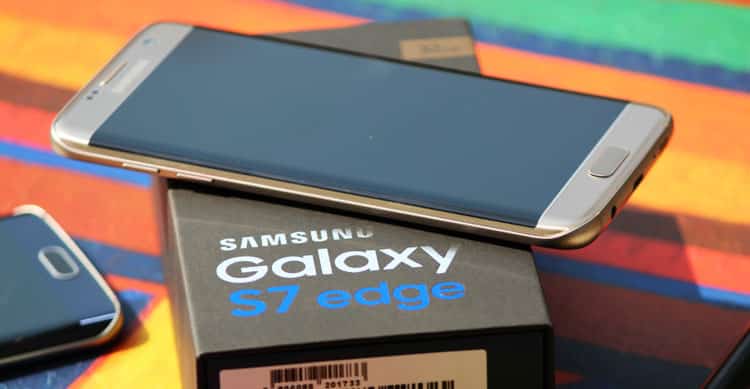
Manufacturers are pushing the limits of Screen resolution in Android devices and we have already seen a 4K display on a 5.5 inch Sony smartphone. A 2K display has become a norm for most of the flagship devices while Full HD has become the standard for normal devices. Despite the higher resolutions, all the devices more or less display the same amount of information on the screen. So, the higher resolutions are not much of a use except that you see things on a bigger surface.
The screen density is one of the parameters used to distinguish a display and is completely different from the screen resolution. The Samsung Galaxy S7/S7 Edge comes with a 2K display and a screen density of 640 DPI (Dots Per Inch). We can easily change the screen density of the Galaxy S7 using third-party apps but most of them require root access on your device. Today, we will show you how to change DPI of Galaxy S7/S7 Edge without root and the best part is it won’t even trip the Knox counter on your Galaxy S7. But changing DPI might sometimes cause scaling issue in apps but 560 DPI on Galaxy S7/S7 Edge is reportedly working great.
You can do this by using an app that accesses the hidden native DPI scaling menu on the S7 duo to change the DPI to 560 with no scaling issues. All you need to do is to install the below app and select the condensed mode to change the DPI to 560.
[googleplay url=”https://play.google.com/store/apps/details?id=com.evozi.displayscaling”/]If you want to change the screen density to any other value, you can follow the below tutorial.
Prerequisites:
- Make sure your device has more than 60% battery for hassle-free process.
- Install USB Drivers on your computer for your device to be detected by the PC.
- Download and extract the ADB files: Download Link
- Enable USB Debugging on your device. To do this, go to your device’s Settings » Developer options » click on the “USB debugging” checkbox.
How To Change DPI on Galaxy S7 and S7 Edge
- Download and extract the ADB files on your PC.
- Navigate to the ADB files folder and open a command prompt inside the folder by pressing Shift key + Right-click in the empty space inside the folder, and select Open command window here option from the Windows context menu.
- Now connect your device to the PC and verify if it’s detected by using the below command.
adb devices
- Now type the below command to set the screen DPI to the desired value.
adb shell wm density DPI_Value && adb reboot
Replace the desired DPI value in place of DPI_Value.
- Your device will reboot once the process is complete.
- If you want to revert back the changes, use the below command.
adb shell wm density 640 && adb reboot
- Now the device will reboot and the DPI will be reset to 640.
Let us know which value is working great for you without any scaling issues in apps.



Join The Discussion: